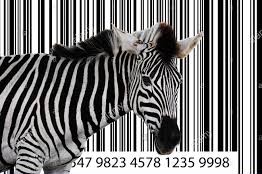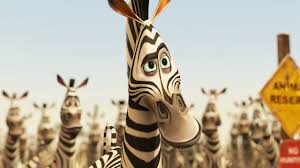What is a Barcode?
Barcodes Explained (Part 1)
Every day I am very fortunate to speak with excited entrepreneurs who can hardly wait to introduce the world to their brand new product. From selling T-shirts and CDs to fishing lures and wine, entrepreneurs all come to me with the same set of questions:
What is a barcode?
How do barcodes work?
How many barcodes do I need?
The list goes on and on.
To this day, it never ceases to amaze me just how many misconceptions still exist around barcodes. With this six-part blog series Barcodes Explained I hope to clarify the entire process for you, once and for all. Let's start with the first question: What is a Barcode? A barcode is simply a unique, 12-digit number that nobody else in the world has. The black lines of a barcode are merely a special font, called the UPC-A font, which correlates exactly to the numbers lying directly beneath them. Think of it as a social security number for each one of your products. Even though many think there are conspiracy theories attached to these barcodes, there is no hidden information stored or encrypted into a barcode. For example, to create a barcode, you simply set your font style to UPC-A, type in your barcode number and up pops the black lines. The UPC font is used because computer scanners, especially older ones, have a much easier time reading straight black lines than they do reading curvy numbers. This UPC font is also the reason why you often hear barcodes referred to as UPC codes or just UPC's.
How does it work?
Stores use barcodes in conjunction with their inventory management system to help keep track of how much of a product they may have on their shelves at any given time. Thanks to the barcode system, a manual shelf count is no longer needed. The store can simply type a barcode number into their computer to find out what has been sold and what they need to re-stock.
Setting up your barcode inside of a store is also very easy and it works the same way for every store – from Amazon.com to Best Buy.
For example, when you go to sell your product at a retailer (i.e. Best Buy or Amazon.com), that retailer will have you fill out a product information form. On that form, you will put your company and product details as well as your 12-digit UPC barcode number. The retailer then manually enters that information into their inventory management computer. When they scan your barcode at the register, it calls up your form in their system and gives you credit for the sale. Your barcode is a necessary tool to link everything.
Once you place your barcode onto your product, either by printing it onto a sticker or placing it into the artwork of your packaging, your work is done. The retailer does the rest.
I hope that this clears up some of the barcode questions you might have. If you still have some questions about barcodes or simply want to know more about the history of barcodes, please see my other blogs on this subject. It is helpful information you will use as your prepare your product for the retail world.
Hope your day is prosperous and Happy Barcoding!







